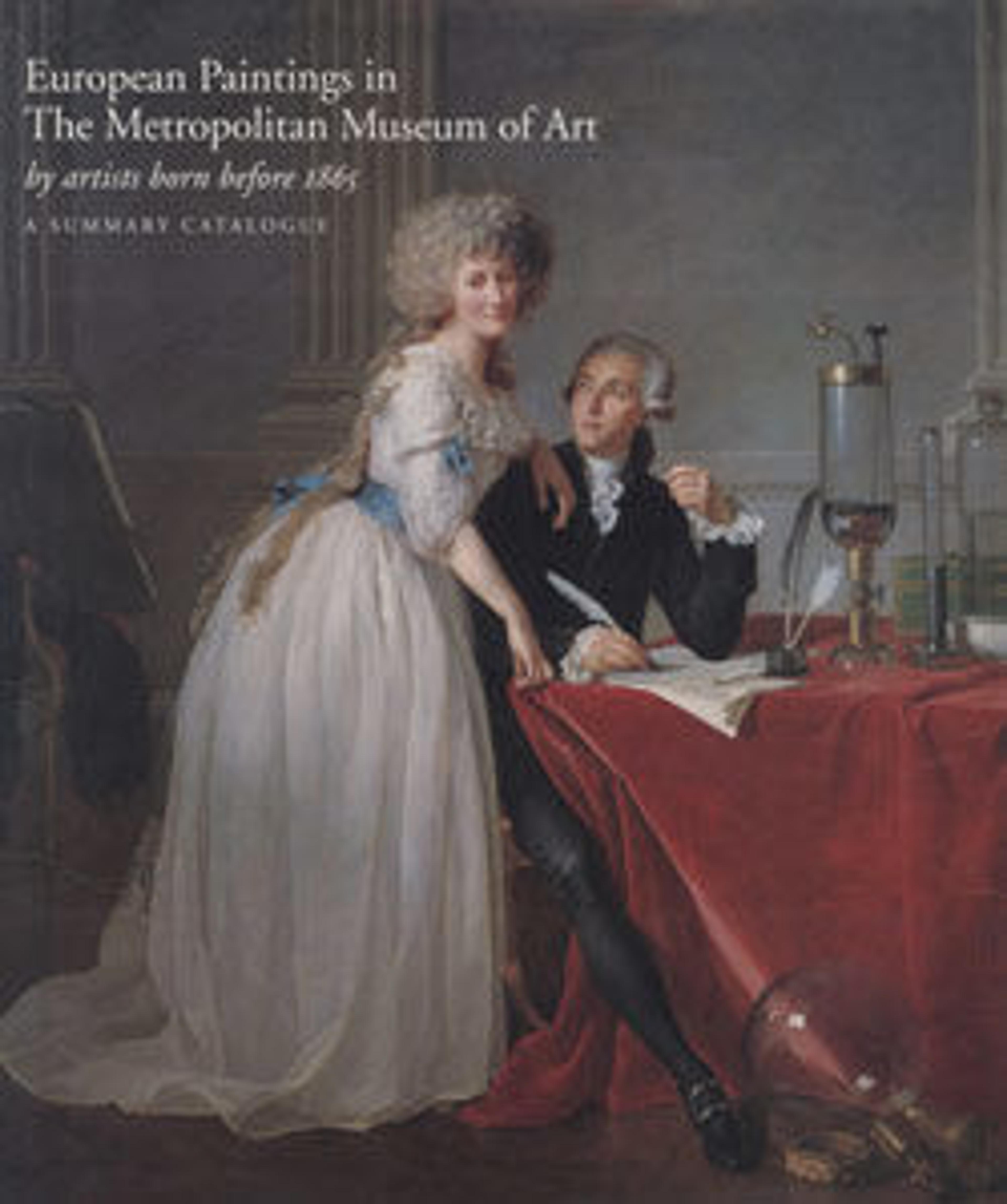Madonna Adoring the Child with the Infant Saint John the Baptist and an Angel
Circular paintings, or tondi, became popular in fifteenth-century Florence, particularly in the domestic sphere. They may have developed out of the tradition of painted birthing trays that were used to deliver gifts to new mothers. Tondi were commonly displayed in bedrooms, often above eye level. In this work, an angel introduces the infant John the Baptist—a patron saint of Florence—to his newborn cousin, Jesus, who is adored by his mother.
Lorenzo specialized in religious paintings and was a fervent follower of Girolamo Savonarola, a powerful religious and political reformer whose preaching had a profound effect on the art and culture of Florence.
Artwork Details
- Title: Madonna Adoring the Child with the Infant Saint John the Baptist and an Angel
- Artist: Lorenzo di Credi (Lorenzo d'Andrea d'Oderigo) (Italian, Florence 1456/59–1536 Florence)
- Date: early 1490s
- Medium: Tempera on wood
- Dimensions: Diameter 36 in. (91.4 cm)
- Classification: Paintings
- Credit Line: Rogers Fund, 1909
- Object Number: 09.197
- Curatorial Department: European Paintings
More Artwork
Research Resources
The Met provides unparalleled resources for research and welcomes an international community of students and scholars. The Met's Open Access API is where creators and researchers can connect to the The Met collection. Open Access data and public domain images are available for unrestricted commercial and noncommercial use without permission or fee.
To request images under copyright and other restrictions, please use this Image Request form.
Feedback
We continue to research and examine historical and cultural context for objects in The Met collection. If you have comments or questions about this object record, please contact us using the form below. The Museum looks forward to receiving your comments.
